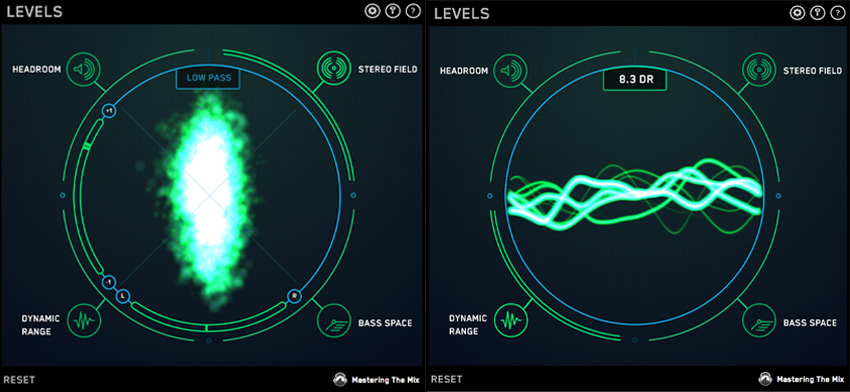
The next option for assessing loudness is RMS measurement. In fact, raising the level this way is equivalent to choosing the normalize option in your DAW’s bounce menu-definitely not appropriate for mastering! RMS method The loudest single moment in the track will be optimized…īut the quieter segments wouldn’t even come close. If you tried to raise your track up to 0 dBFS using the total peak loudness as a reference point you’d run into a problem. This method is called peak loudness-but it doesn’t quite tell the whole story. The first way to assess loudness is to look at the highest moment in the whole audio track. To find the loudness of a signal, we have to measure it. Depending on how you choose to measure, you can come to some very different conclusions! But in your DAW, you’re working with audio signals-not sound waves travelling through the air. It’s simple enough to understand with a sound in real life. The more energy (or SPL-sound pressure level) a sound has, the louder it seems. Loudness is the human brain’s perception of sound pressure. In this article I’ll go through everything you need to understand loudness in mastering, including what it is and what it means for your LANDR masters. With 12 million tracks now mastered with LANDR, it’s about time we clear the air on subject! Some say loudness is killing music, but there’s plenty of pros out there still chasing the loudest master they can get.

It’s seems like there are endless arguments about the loudness war going on in the pro audio community.

Mastering ensures your song is loud enough to compete in the marketplace of commercial tracks. And the biggest impact of the mastering process is loudness.

Loudness and dynamics are two of the most important concepts in mastering.


 0 kommentar(er)
0 kommentar(er)
